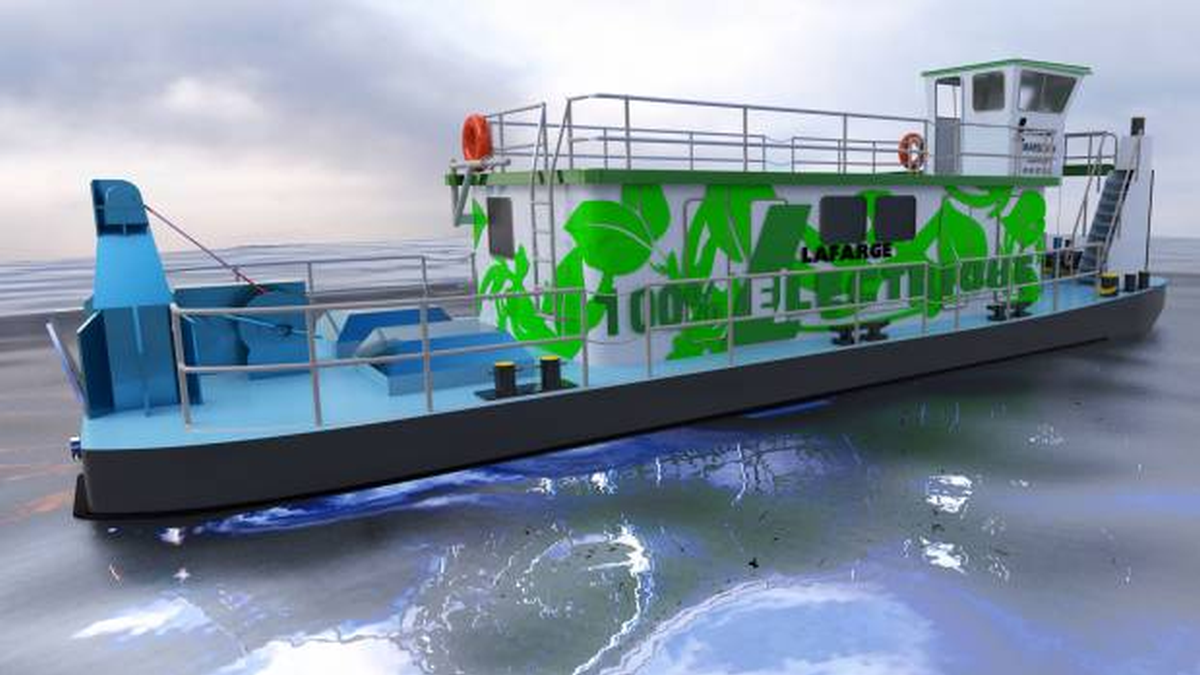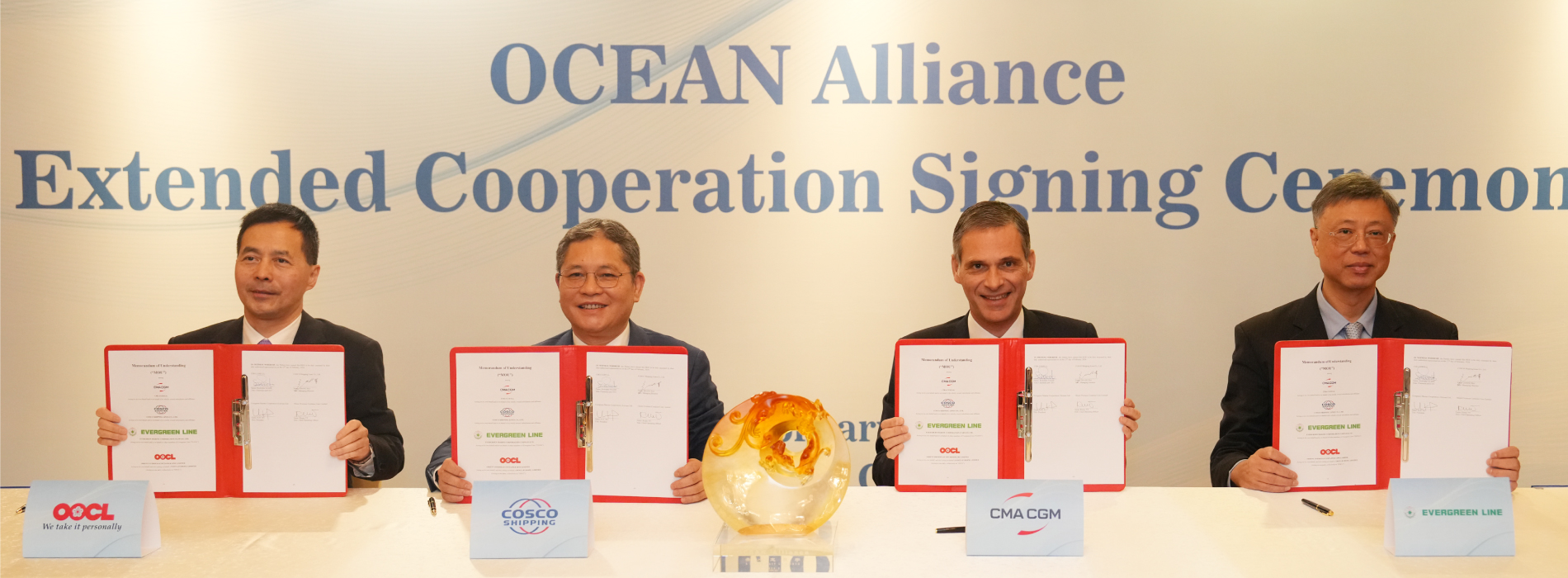Leclanche to Supply Battery System for Hybrid Retrofit of Lafarge River Tug

- Push tug ‘Marsouin,’ built in 1965, is being upgraded with a diesel and electric hybrid propulsion system
- Leclanché will supply a 766 kWh Navius MRS-3 battery system enabling the vessel to navigate the Seine River and neighbouring French waters
- Operating 12 hours on weekdays, Marsouin will reduce its CO2 output by 40% and NOx emissions by 70% compared to a conventional pusher vessel
- Lafarge is the largest user of the waterways in France with four million tonnes of cement and related cargo transported each year (95% on the Seine River)
YVERDON-LES-BAINS, Switzerland and PARIS, France – A pusher tug built in 1965 and used by Lafarge France to push and steer barges laden with cement and related aggregates to, from, and around Paris, is about to get a new lease on life – including a potential starring role in the opening ceremony for the Paris 2024 Olympic Games (picture available here).
Lafarge’s Marsouin, a nearly 60-year-old conventionally powered pusher boat, is being upgraded into a hybrid diesel and electric vessel. Its battery storage system will be supplied by Leclanché SA (SIX: LECN), one of the leading energy storage solutions companies and a prominent manufacturer of battery systems for all-electric and hybrid marine vessels. Leclanché’s Navius MRS-3TM (Marine Rack System) enjoys a solid reputation for quality, reliability and safe operation and has been specified for some of the largest and most prominent hybrid and all-electric ferry and specialised vessels.
Lafarge, a subsidiary of the Holcim Group (SIX: HOLN), is a French industrial company specialising in cement, construction aggregates and concrete. It operates one of the largest private river fleets in France. The company has announced it will be building a line of electric pusher tugs with the retrofit of Marsouin, an early example of its commitment to sustainability. Completion of the project is scheduled for the first half of 2024, months ahead of the start of the Paris 2024 Olympic Games on July 26 where Marsouin may play a supporting role for the opening ceremonies for the games.
“The retrofit of our Marsouin pusher is the first stage in an ambitious programme to modernise our entire fleet by 2030, which will make it possible to transport our materials more ecologically and reduce our environmental impact in the long term,” said Kevin Audegond, River Operations Manager – IdF Seine Aval Agency, Lafarge France.
Leclanché will be providing a 766 kWh, 65 Ah Navius MRS-3 system. Unlike many other battery providers, Leclanché manufactures its own lithium-ion cells and modules, built to its exacting standards, in its European manufacturing facilities. Safety is built into every aspect of the storage system including its liquid-cooling design.
Lafarge is the largest user of the waterways in France with four million tonnes of cement and related cargo transported each year – some 95% on the Seine River. With its new propulsion system and batteries in place, the Marsouin will again operate mostly on the Seine, from Monday to Friday, for 12 hours each day. The vessel will operate on batteries alone for approximately 80% of the time and would allow a 40% reduction in C02 emissions and a 70% drop in NOx and microparticles.
“Helping vessels owners like Lafarge to reduce their environmental impact is core to Leclanché’s DNA,” said Phil Broad, CEO, Leclanché E-Mobility. “The world stage that Marsouin and the Paris Olympics present is critically important in helping to reach other vessel owners and operators to realising what is possible using today’s advanced lithium-ion battery technology.”

